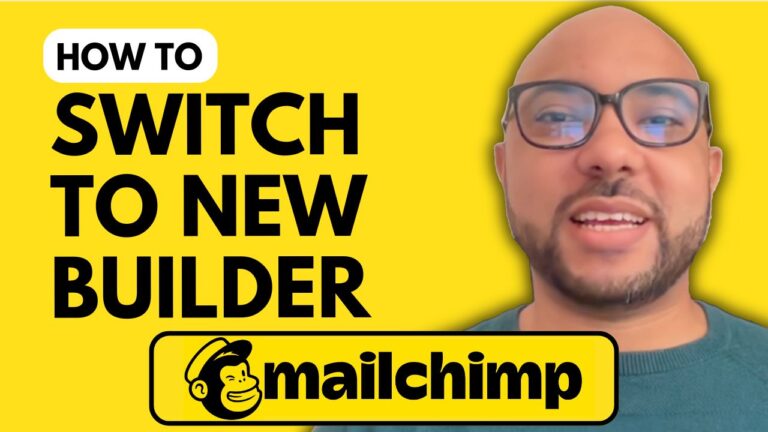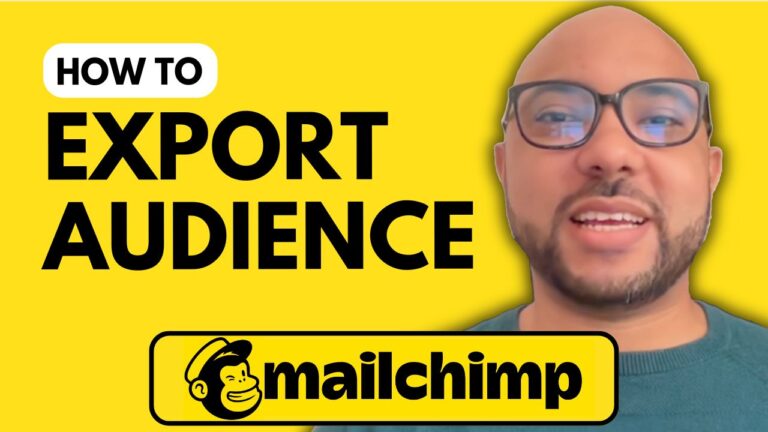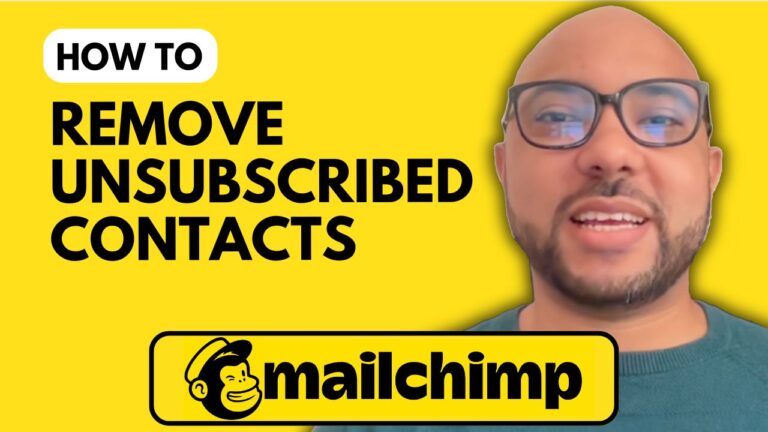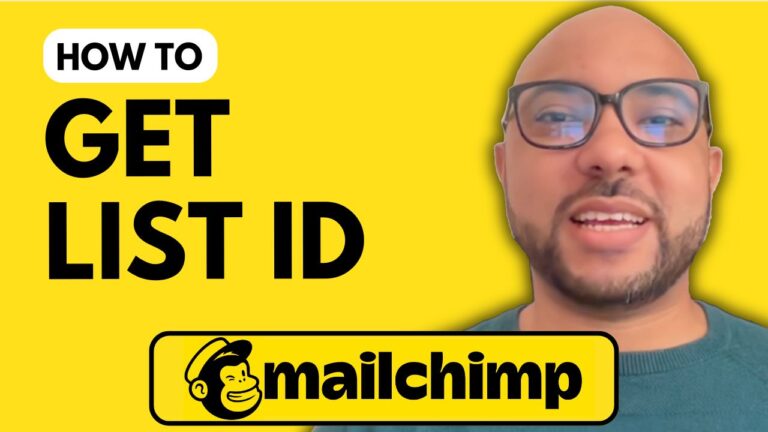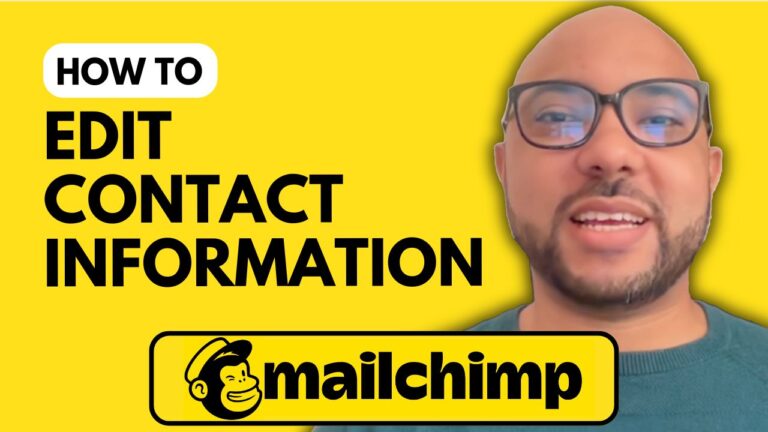How to Prevent Mailchimp Emails from Going to Spam
Are your Mailchimp emails landing in the dreaded spam folder? Don’t worry; you’re not alone! In this post, we’ll explore several strategies to help you prevent Mailchimp emails from going to spam and ensure they reach your audience effectively.
- Authenticate Your Custom Email Domain: One of the first steps you should take is to authenticate your email domain. This process can take up to 40 hours but is essential for building trust with email providers. To authenticate, go to your Mailchimp account, navigate to “Domains,” and connect your custom domain.
- Be Transparent: Clearly state how you will use your recipients’ email addresses and how often they can expect to hear from you. This transparency fosters trust and helps recipients feel comfortable subscribing.
- Use Double Opt-In for Subscribers: Implementing a double opt-in process requires subscribers to confirm their email addresses before joining your list. This strategy minimizes the chances of spammy addresses that are unlikely to engage with your emails.
- Encourage Recipients to Mark Emails as Not Spam: Ask your subscribers to add you to their safe sender list and mark your emails as not spam. Small actions like these can significantly improve your email reputation.
- Personalize Your Emails: Use your recipients’ first names in the “To” field. Personalization makes your emails feel more relevant and engaging. Mailchimp allows you to easily implement this with merge tags.
- Include an Easy-to-Find Unsubscribe Link: It’s crucial to provide a clear option for recipients to unsubscribe. Mailchimp automatically includes this link, which helps maintain a healthy email list.
- Avoid Spam Trigger Words: Steer clear of words and phrases that may trigger spam filters, such as “guarantee,” “no risk,” or “limited time.”
- Regularly Clean Your Email List: Remove inactive subscribers to maintain a high open rate. Keeping your list clean is vital for overall engagement.
- Segment Your Audience: Sending targeted content to specific groups can increase engagement and reduce the likelihood of spam complaints.
- Provide Valuable Content: Always ensure your emails add value to your recipients. Whether it’s informative articles, special offers, or helpful tips, valuable content keeps subscribers engaged.
- Limit Email Frequency: Avoid overwhelming your subscribers with too many emails. Aim for two to three emails per week.
- A/B Test Your Subject Lines: Experiment with different subject lines to find out which ones lead to higher open rates.
- Balance Text and Images: Too many images can trigger spam filters. Aim for a good balance between text and visuals.
- Avoid Image-Only Emails: Similar to the previous point, always include some text to convey your message.
- Include Alt Text for Images: This helps communicate your message even if images fail to load, and it’s beneficial for SEO.
- Avoid URL Shorteners: Using shortened URLs can raise red flags with spam filters. If you must use them, stick to your domain.
- Be Cautious with Links: Avoid linking to suspicious or blacklisted domains, as this can negatively impact your email deliverability.
By implementing these strategies, you can significantly reduce the chances of your Mailchimp emails going to spam. Don’t forget to regularly review your email practices to ensure ongoing success. Happy emailing!

